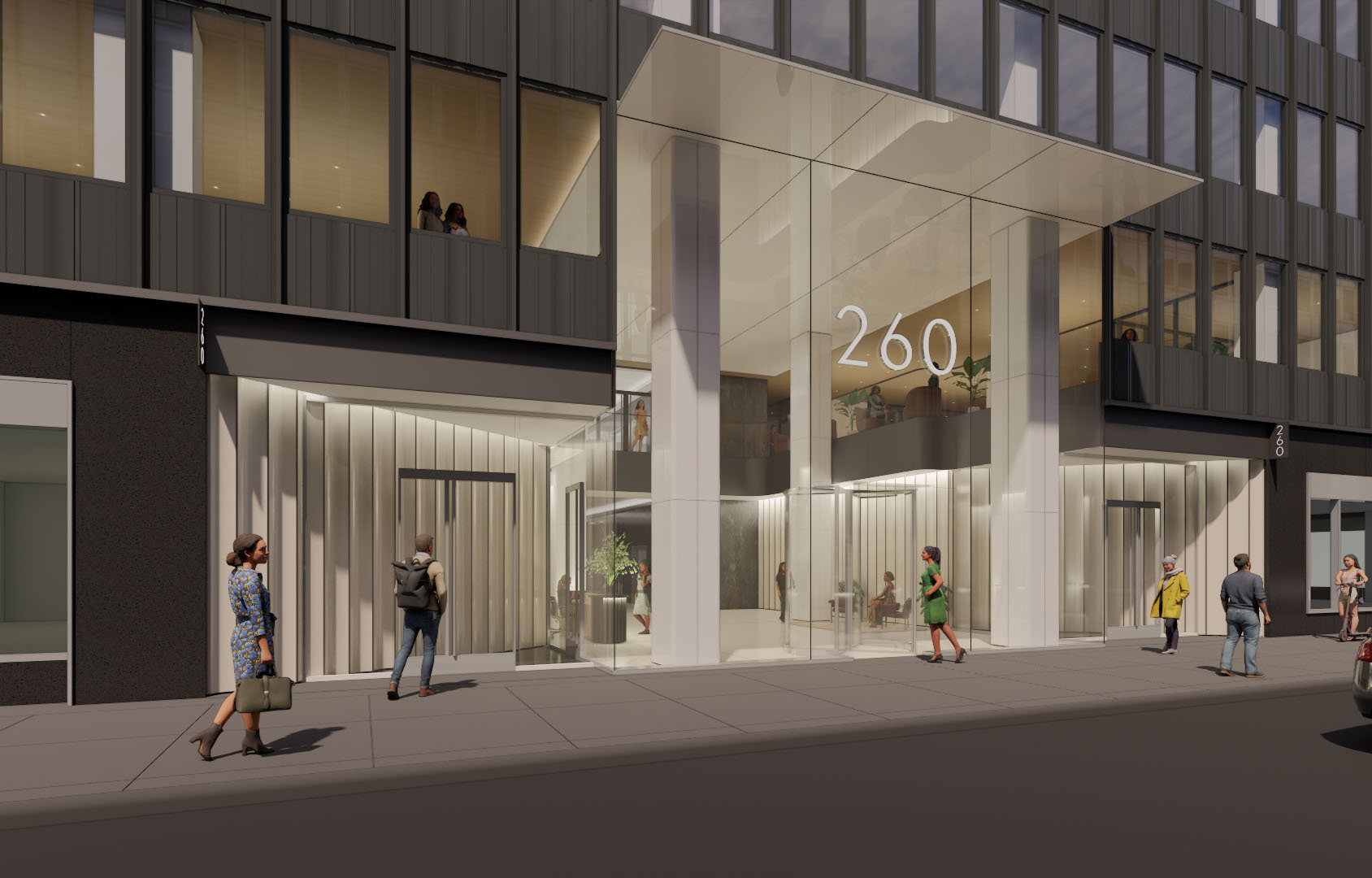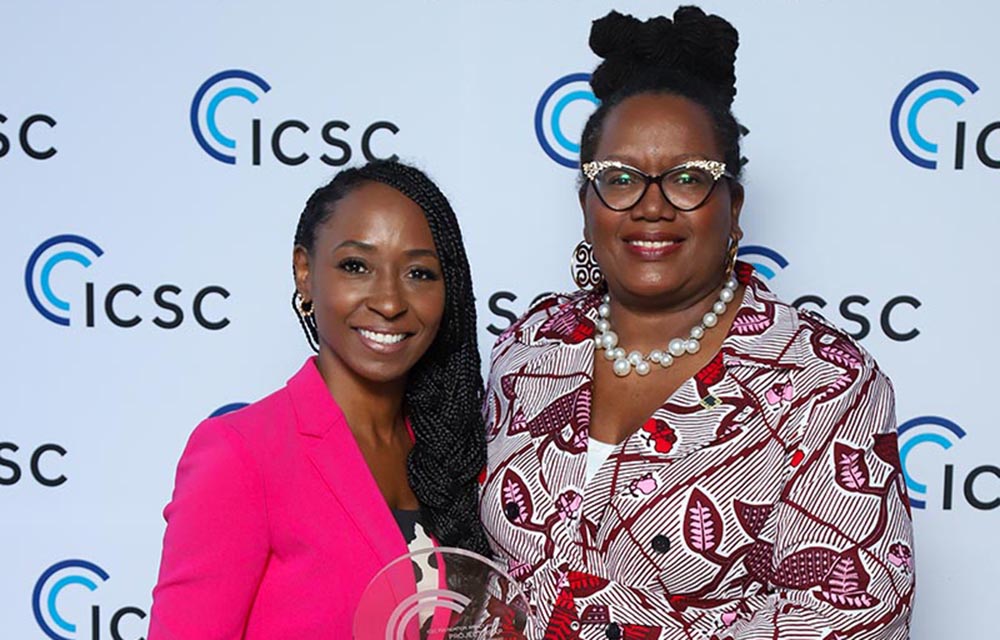Commercial leasehold condominium basics - part 2 - by Thomas Kearns

A 2018 column of mine for this publication outlined the basics of commercial leasehold condominiums but that article was limited to the use of an entire building by a not-for-profit (NFP) which leasehold interest was then submitted by the NFP to a condominium regime. This month I describe a more complex structure – how to get the benefits of Section 420-a of N.Y.’s Real Property Tax Law when the NFP occupies only a portion of a building. Note that this article discusses only the basic structure. There can be numerous special circumstances that might also be acceptable.
First, the landlord ground leases the property to a “Newco” which is typically an affiliate of the landlord. That lease needs to have a term of at least 30 years so as to qualify as real property under Section 339-e(11) of N.Y.’s Real Property Law. Newco then submits the leasehold interest to a condominium regime through filings with the N.Y. State Department of Law (attorney general) and New York City’s Department of Finance.
Once the condominium is formed, Newco deeds the unit in the leasehold condominium to be occupied by the NFP to the NFP. Note that the deed transfers title to the leasehold condominium unit for the full term of the leasehold estate. By operation of law, the NFP will lose title to the condominium unit at the expiration of Newco’s ground lease. The NFP must be ready to own the unit and be obligated for condominium common charges for the life of the ground lease.
While there is certainly a lot of skill in navigating the legal side of the condominium documents, there is also significant skill in equating the financial aspects of what would normally be a 30-year lease into a 30-year leasehold condominium. For example, the ground rent on Newco’s ground lease gets passed on as a condominium common charge but the NFP’s unit is only responsible for its proportionate share of such expense. Another example: office leases often have tenants paying increases in operating expenses over a base. In a condominium structure, those expenses are assessed against all unit owners from the first dollar.
In sum, the financial aspects of the relationship need an in-depth analysis and structure which is often done by a sophisticated broker and/or outside consultant in consultation with the lawyers and after a full analysis of how the building operates. That exercise might be the most challenging aspect of the entire arrangement.
The leasehold condominium must be managed by its board of managers. While a typical NFP wishing to use a modest portion of a building may have no desire or leverage to obtain board representation on the condominium’s board, larger tenants may negotiate for that right. We recently negotiated a complex condominium declaration and by-laws which granted a very significant minority condominium unit owner consulting and limited approval rights. There are often side agreements with the NFP which cover some of these issues if inappropriate for the condominium documents.
The complexities of the structure cause significant legal, filing and other costs to be incurred in the creation of a leasehold condominium. The time frame to create the entire structure can easily take nine months to a year. The good news is that any tax abatement takes effect retroactively as of the date the NFP takes title and commences use of the space for its purposes.
Thomas Kearns is a partner with Olshan Frome Wolosky LLP, New York, N.Y.
AmTrustRE completes $211m acquisition of 260 Madison Ave.


Strategic pause - by Shallini Mehra and Chirag Doshi

Lasting effects of eminent domain on commercial development - by Sebastian Jablonski

Behind the post: Why reels, stories, and shorts work for CRE (and how to use them) - by Kimberly Zar Bloorian









.jpg)

.gif)